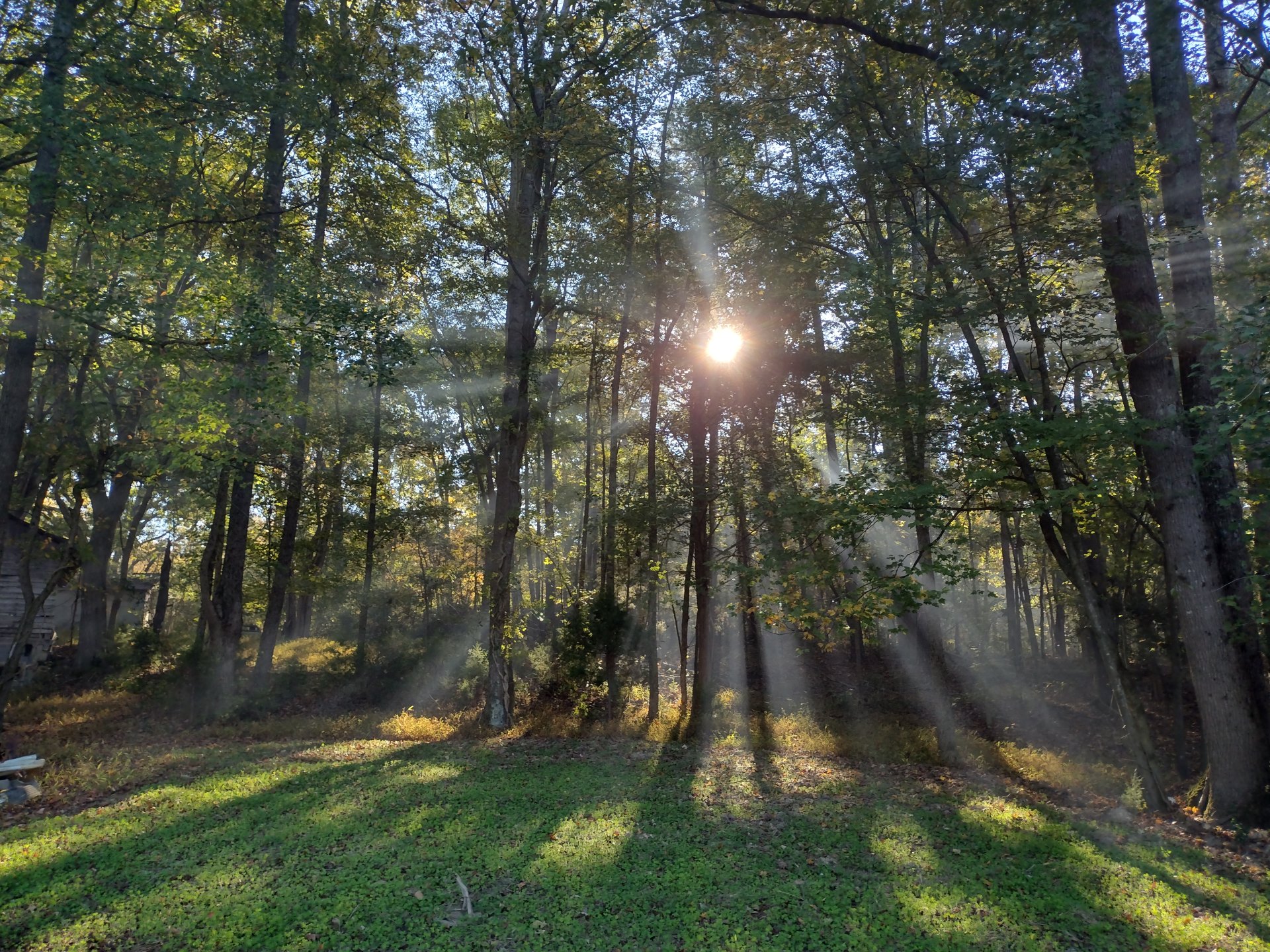
This week we had a large brush pile to burn. Camping out on the farm to made it easy monitor the burning brush pile and have a relaxing evening. Thursday morning I got an early start on preparing the rows in the back field for planting elderberries, figs and persimmon. It was nice watching the sun rise as I worked.
We were able to turn the rows that the figs, elderberry and persimmon were planted in. The first picture shows the steam coming off the freshly turned soil. We try to minimize tillage. The approach here is to turn the soil once, then run the harrow and finally the disc through it. Then a cover crop was planted. The fall cover crop consists of daikon radish, austrian peas and clover. The trees and bushes were then planted in the same area as the cover crop. This approach helps prepare the soil over the winter for the trees and bushes when they bud out in the spring. Doing this while monitoring the burning brush pile helped make effective use of time on the farm.





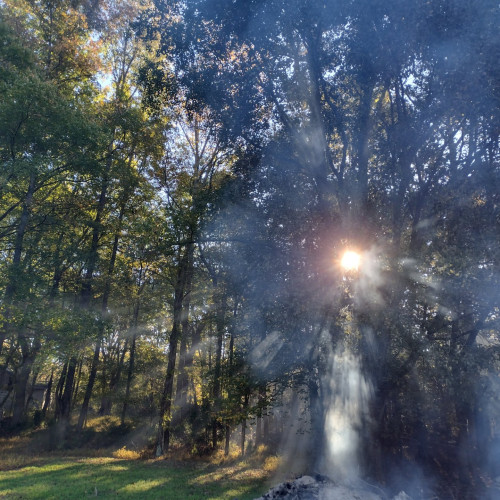
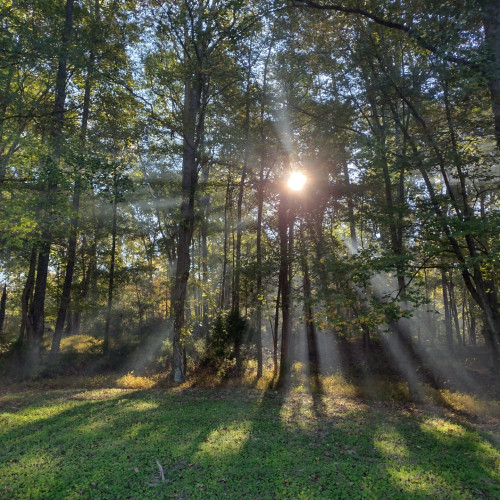
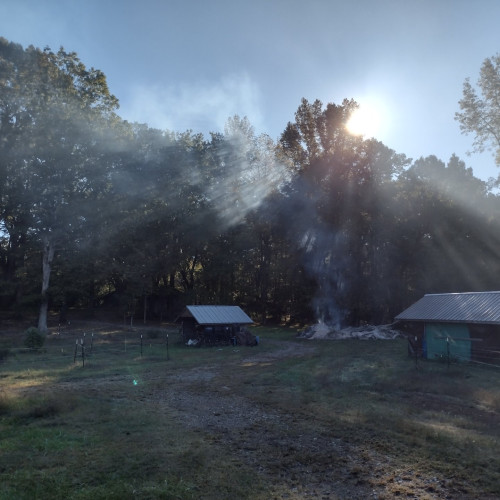

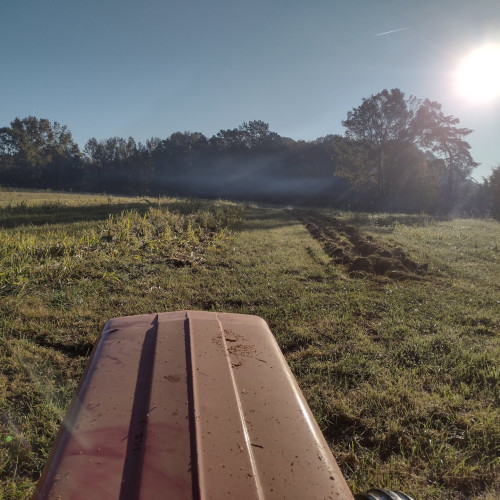
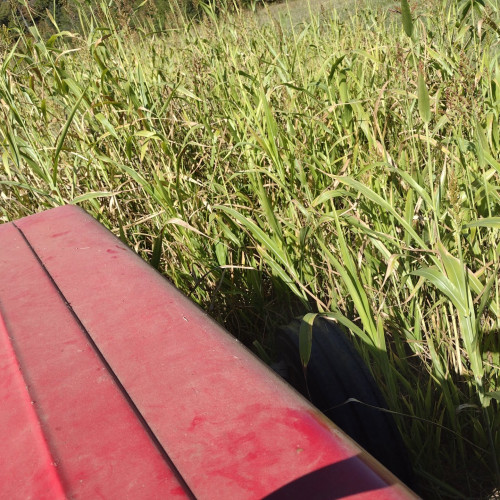



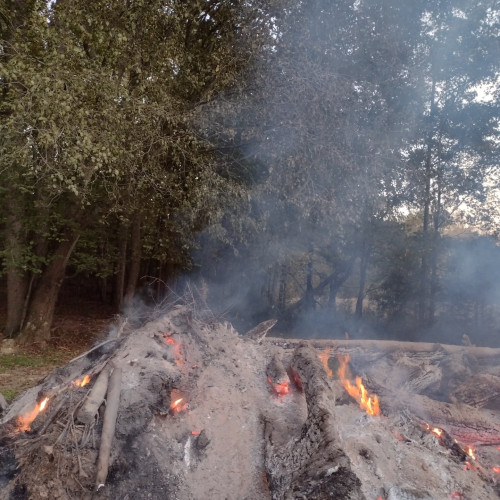
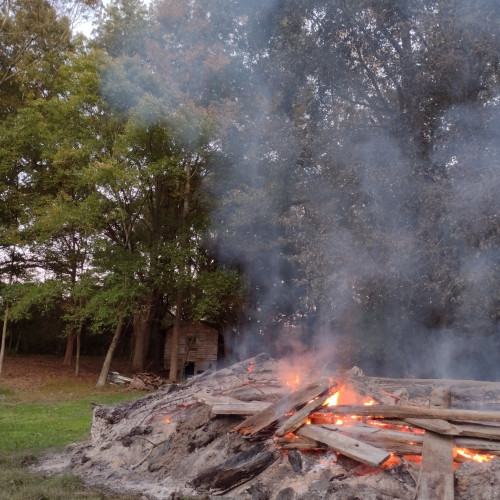










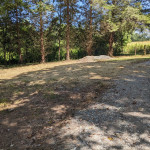







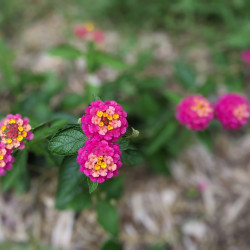

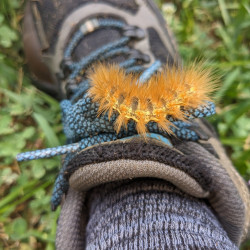

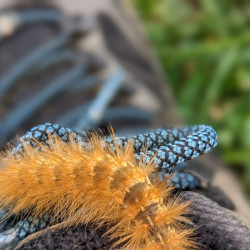
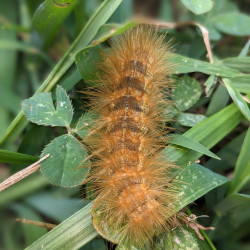




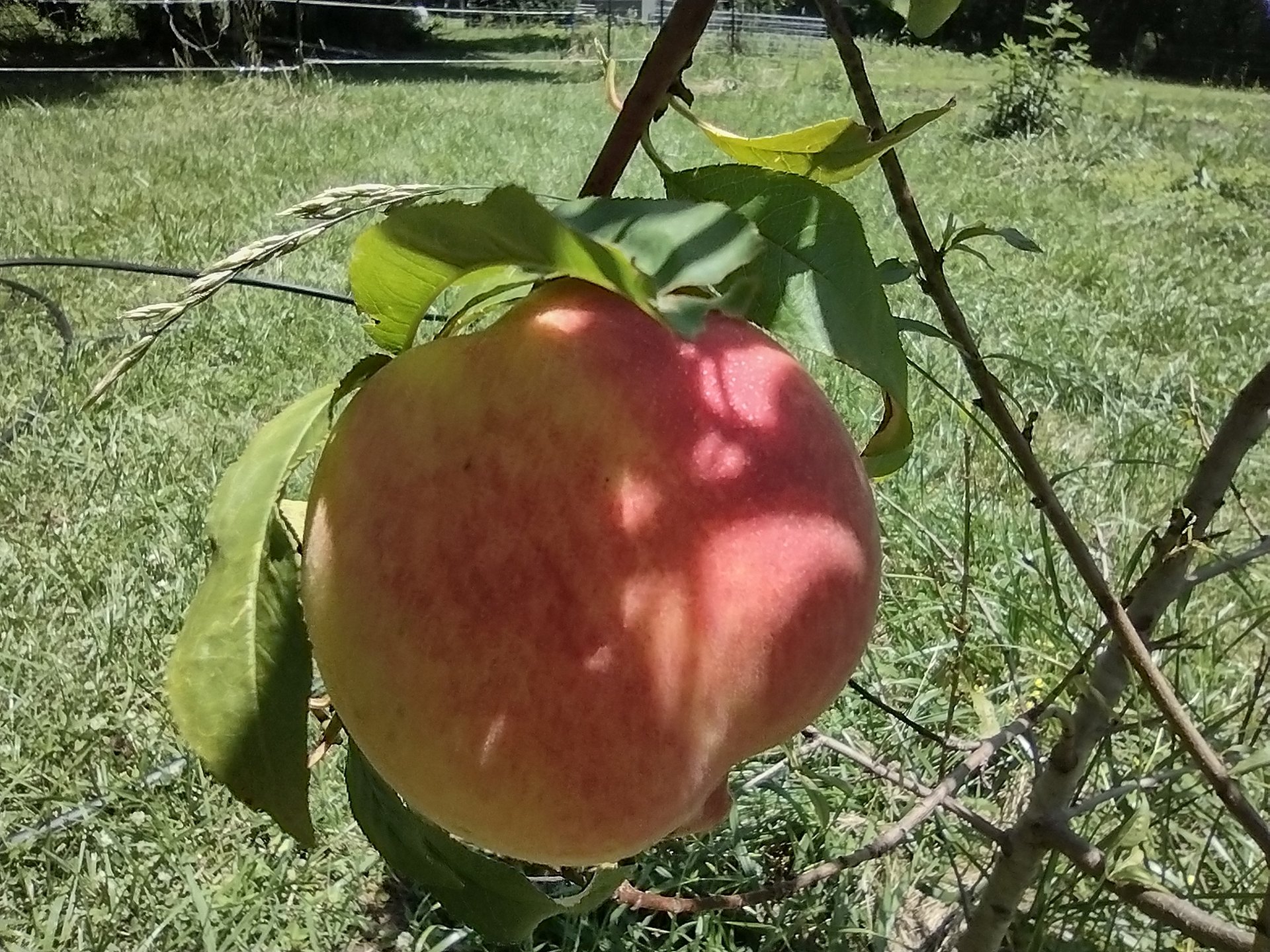

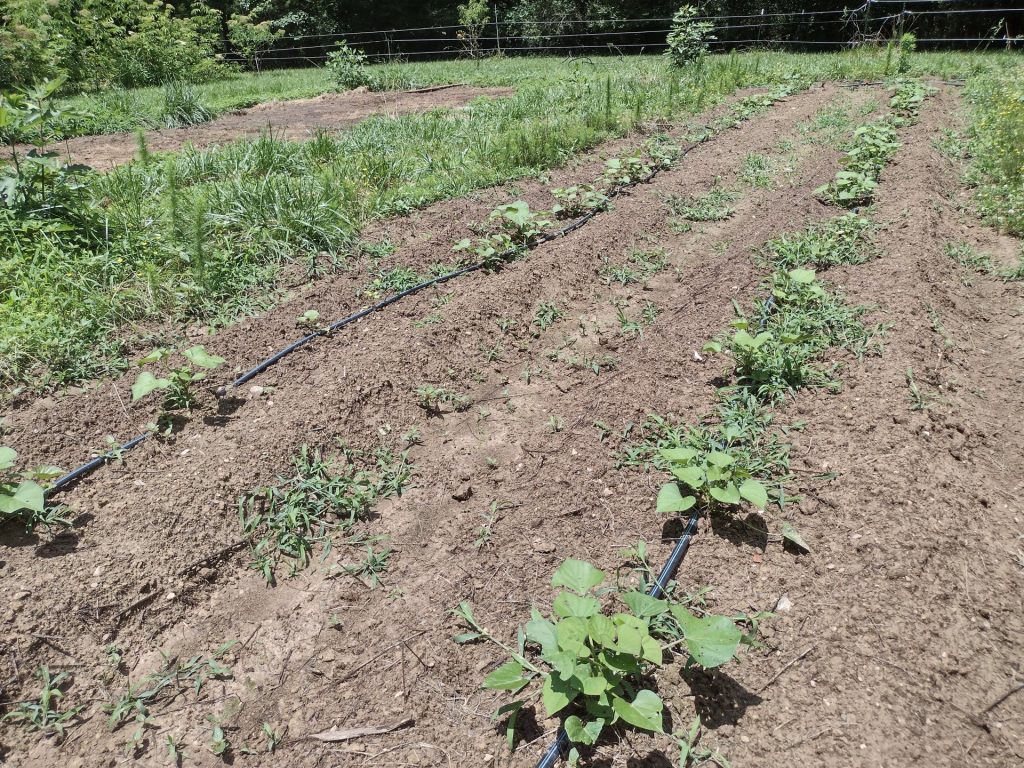


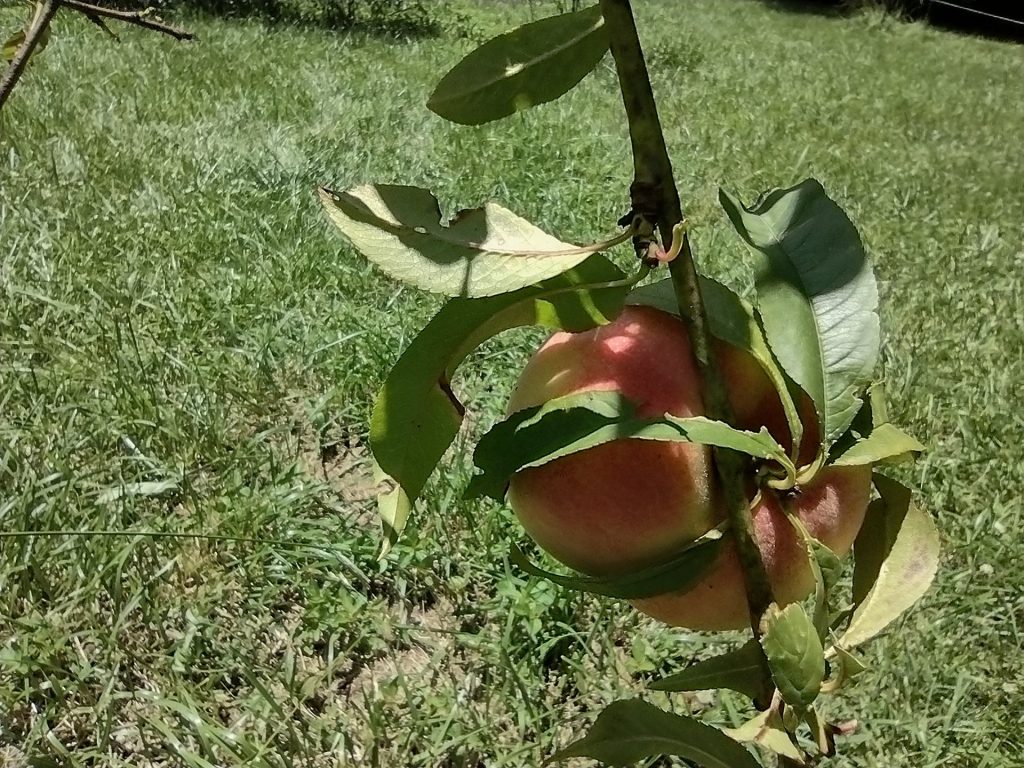
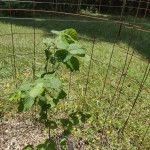
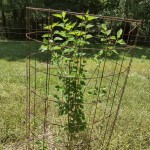

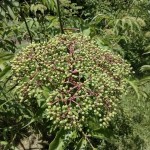
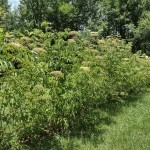




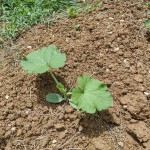




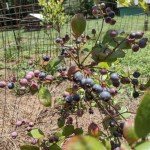



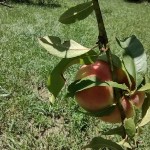
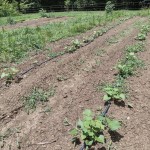


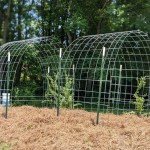

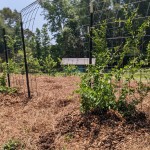
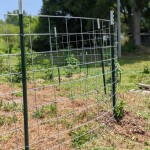


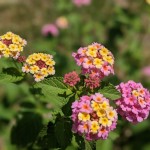
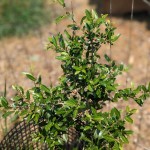

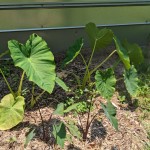






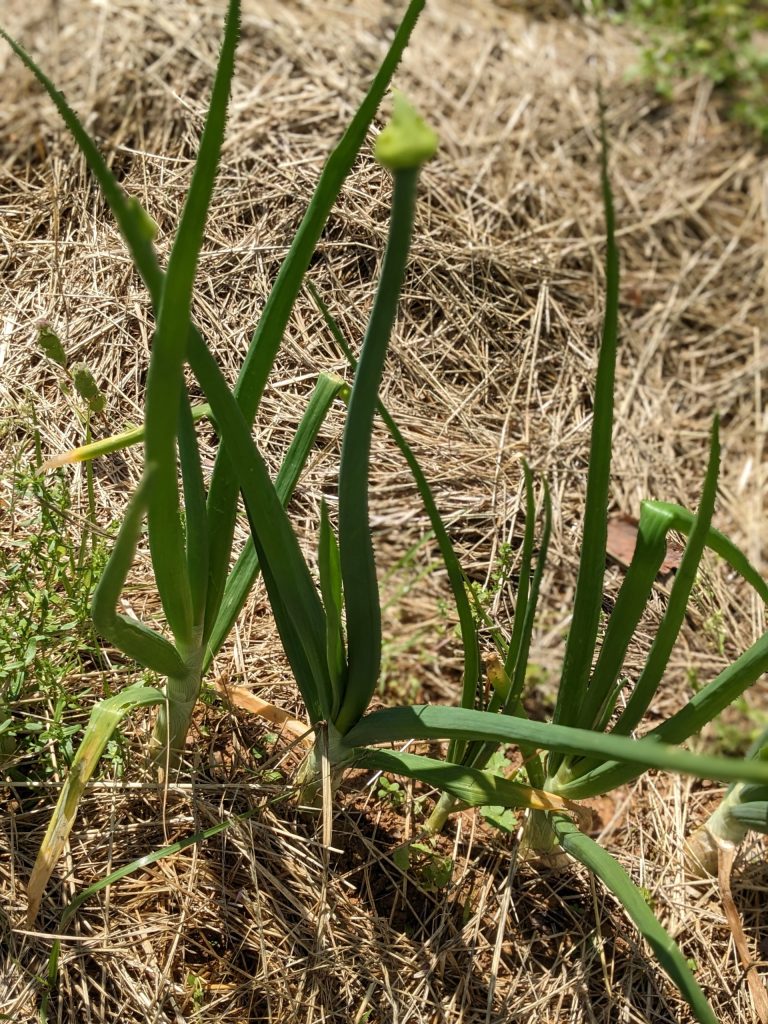

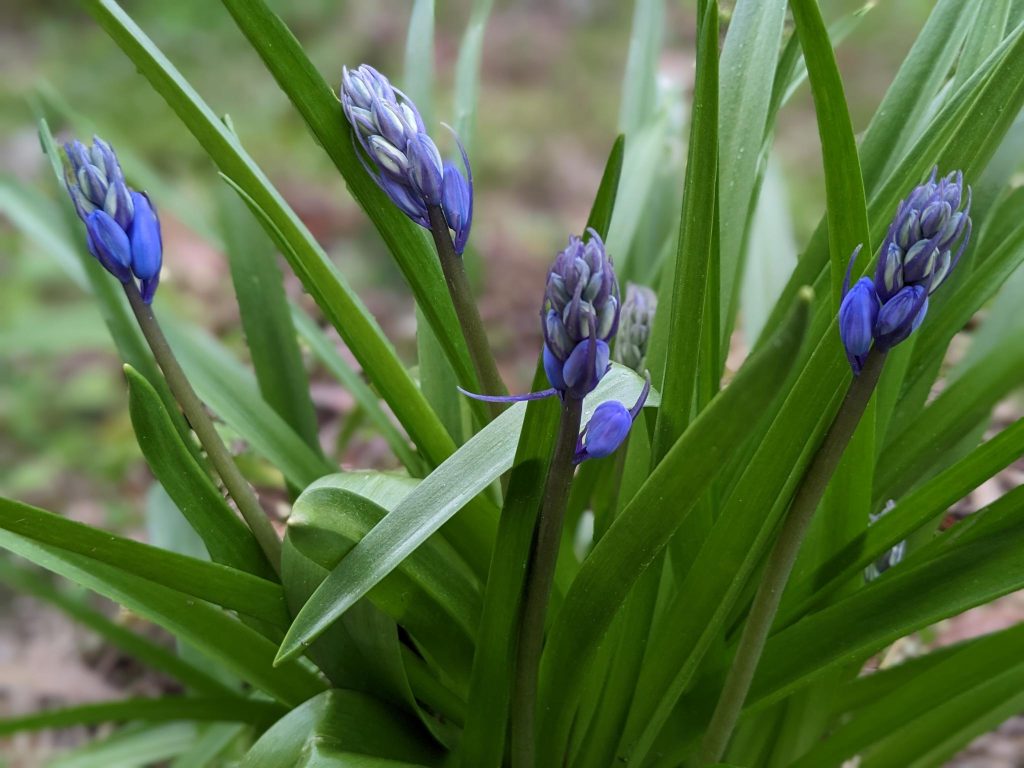


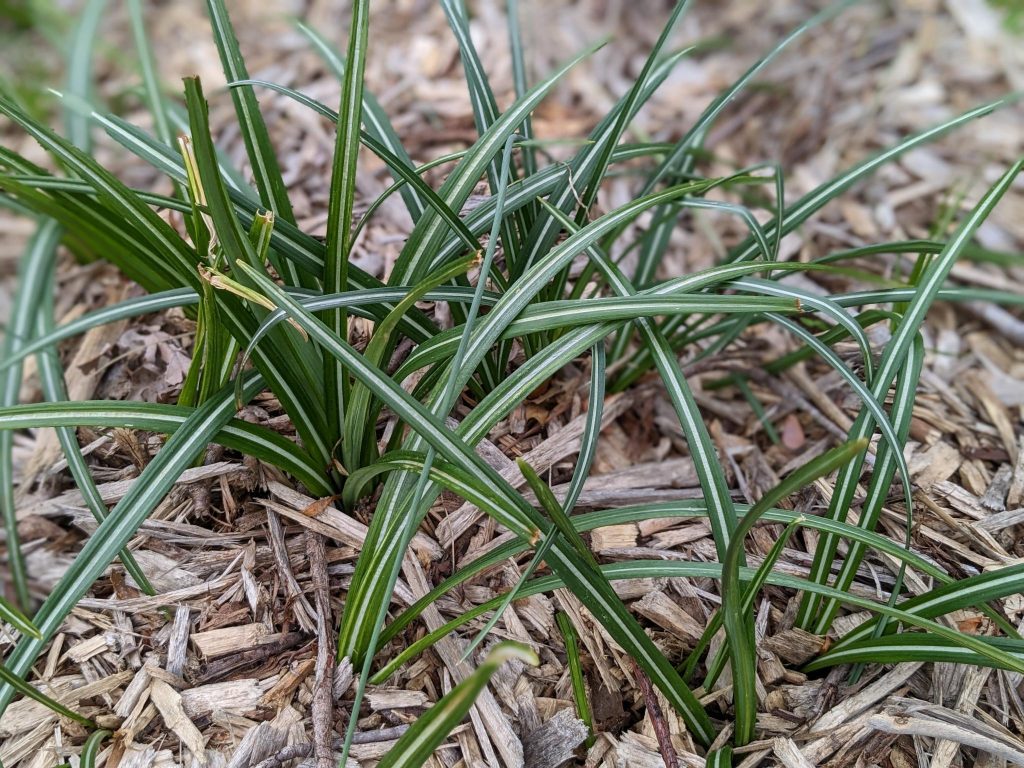

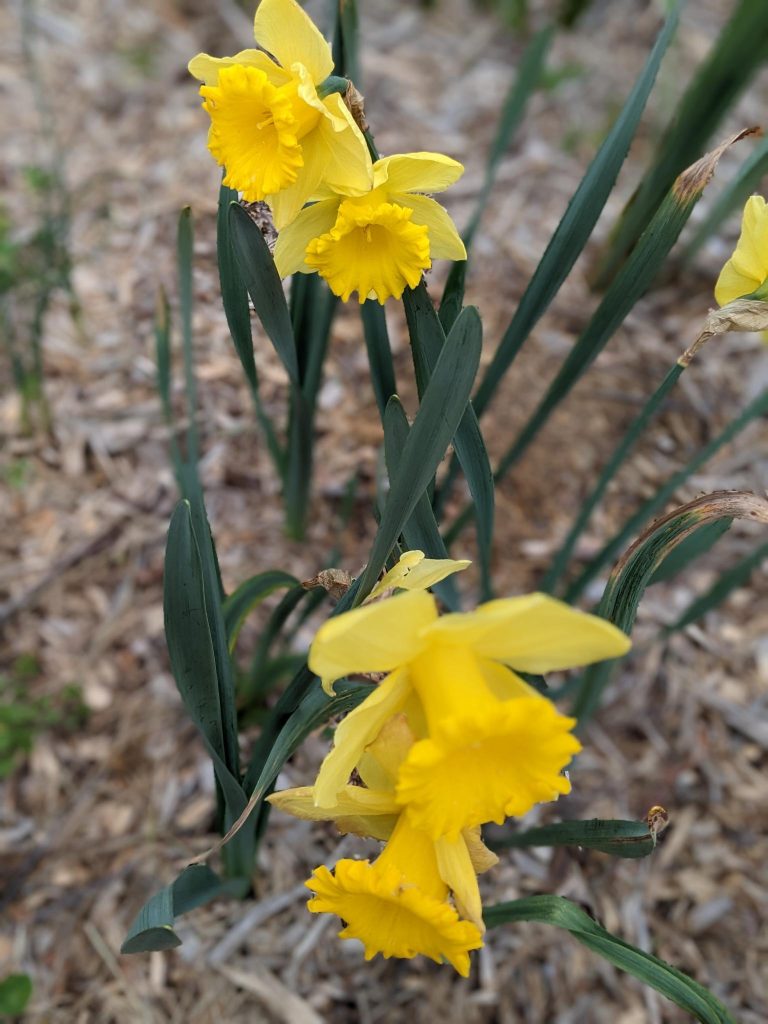

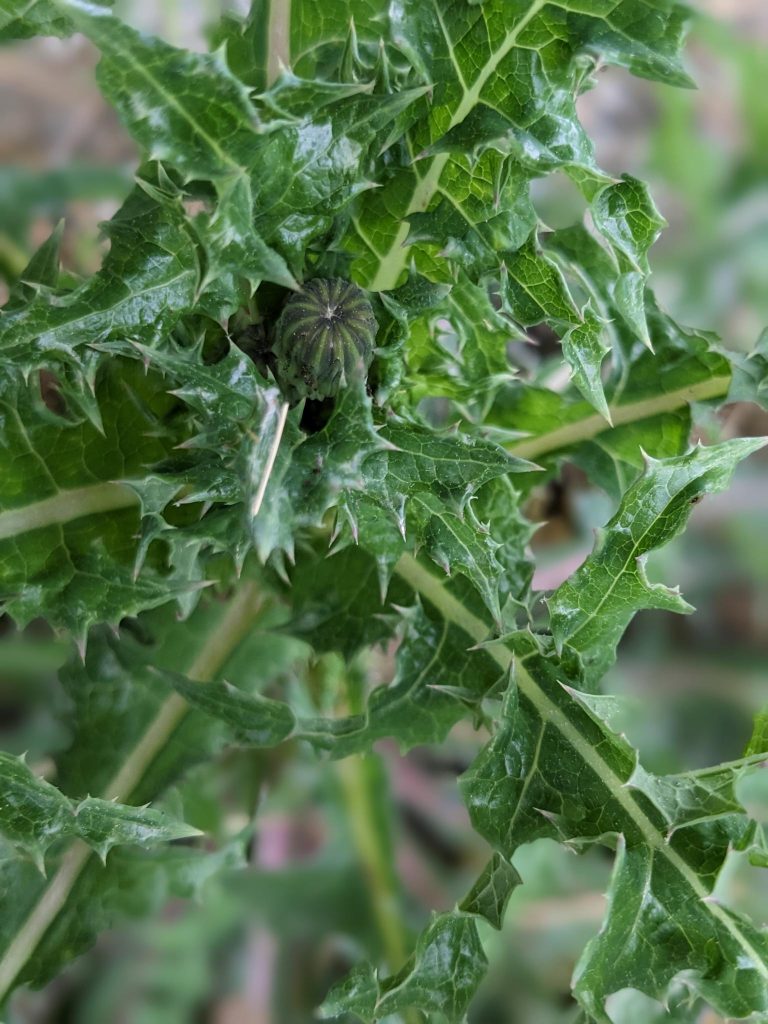

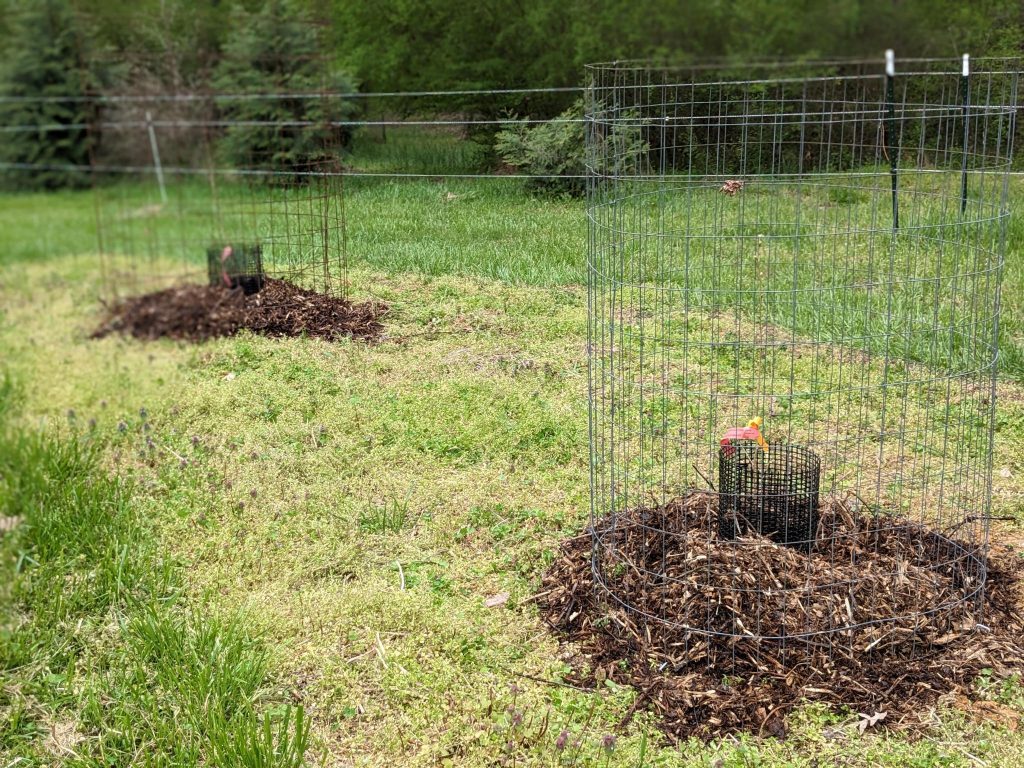
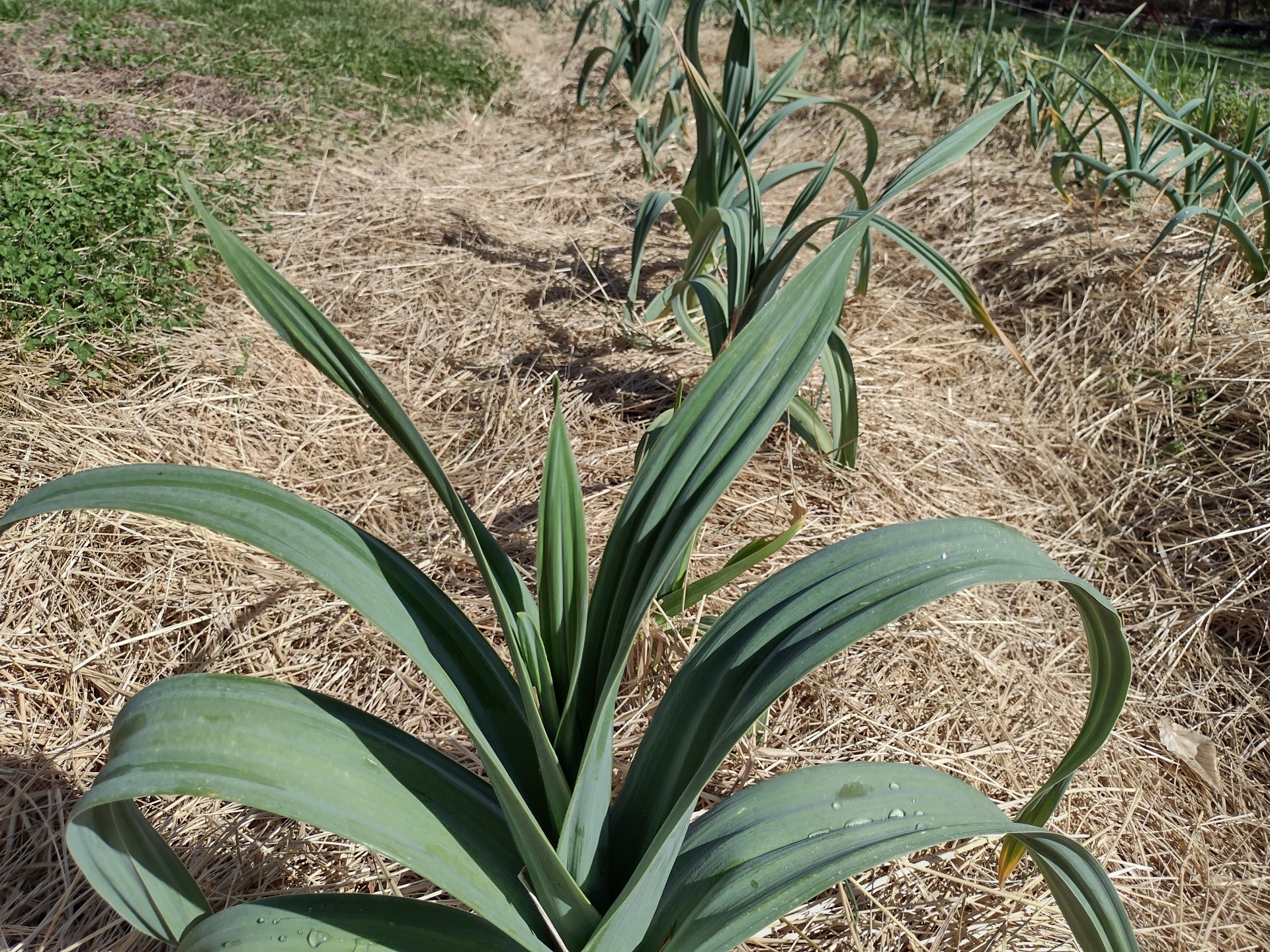

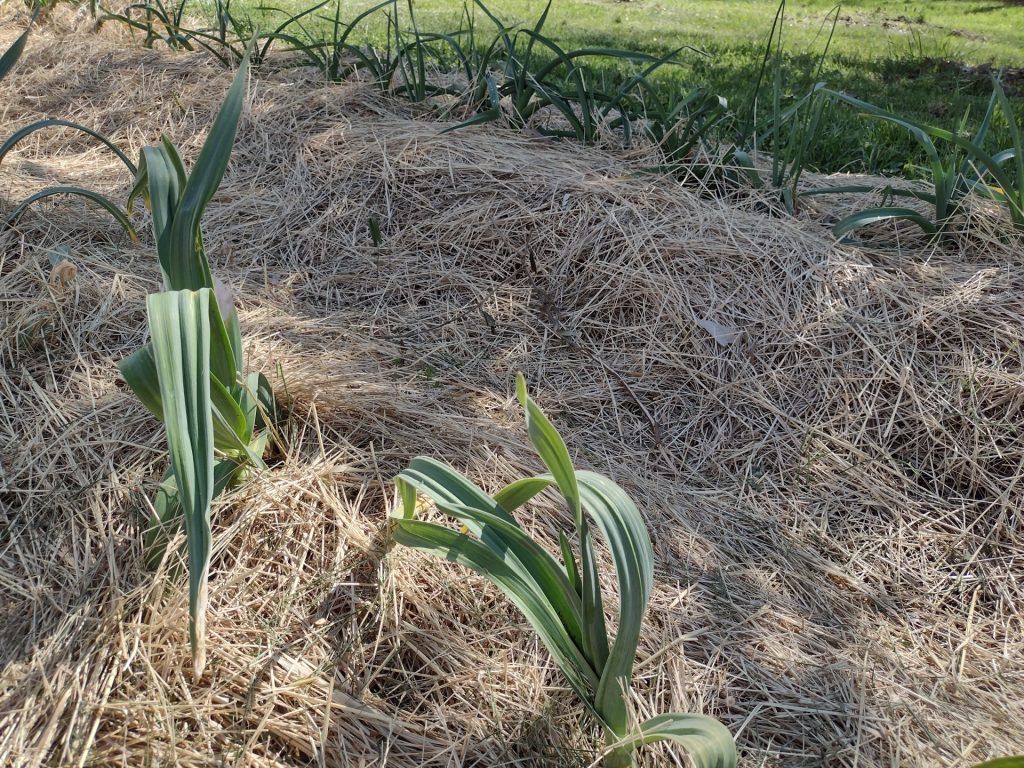

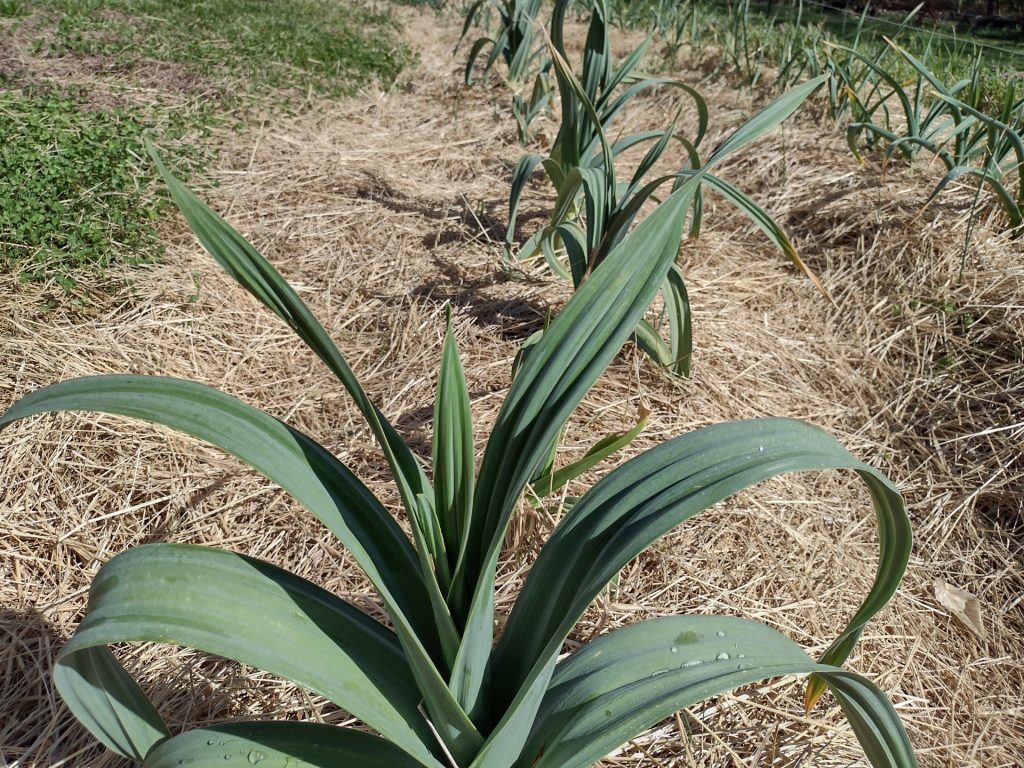

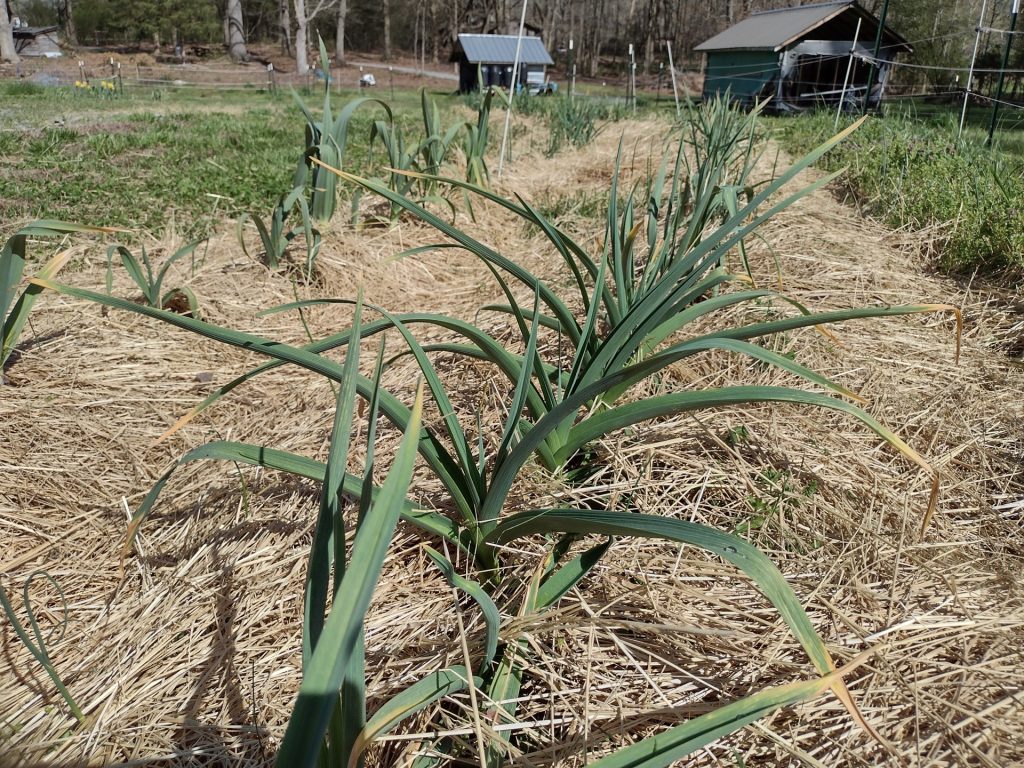

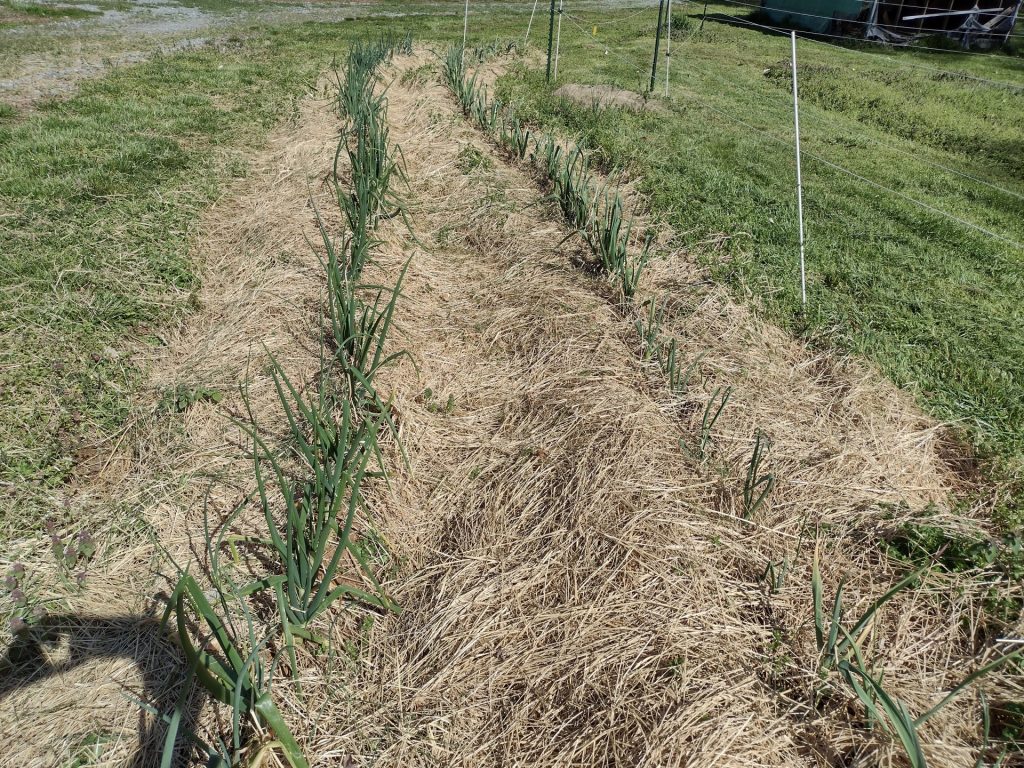



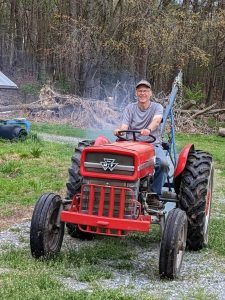 I’m a mechanical engineer turned weekend farmer, so I’m just smart enough to know that there is a lot that I don’t know especially when it comes to farming, permaculture and food forests. I’ve been heavily influenced in my love of farming and permaculture by my Mom and Dad and also by people like
I’m a mechanical engineer turned weekend farmer, so I’m just smart enough to know that there is a lot that I don’t know especially when it comes to farming, permaculture and food forests. I’ve been heavily influenced in my love of farming and permaculture by my Mom and Dad and also by people like  Connie has her certificate in Sustainable Agriculture from CCCC. She really enjoyed the classes at the community college and learned a lot. The program was a mixture of classes and work on the school farm. What she learned has really added to our technical proficiency on the farm.
Connie has her certificate in Sustainable Agriculture from CCCC. She really enjoyed the classes at the community college and learned a lot. The program was a mixture of classes and work on the school farm. What she learned has really added to our technical proficiency on the farm.